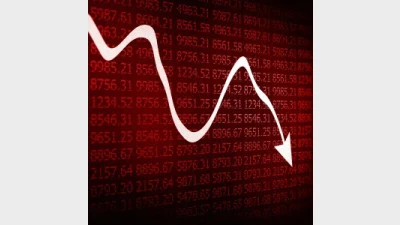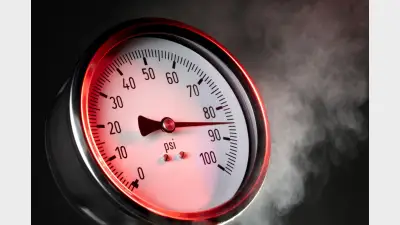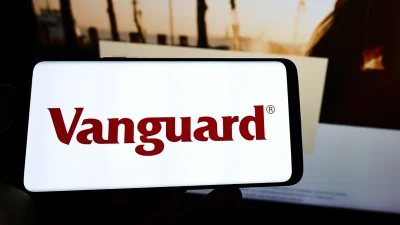Dividend pay outs lowest since GFC



Global dividend pay outs in Q2 fell $129 billion to $527.8 billion, the lowest second-quarter total since 2012, according to Janus Henderson’s Global Dividend Index.
The fund said the decline was the worst quarterly drop since the index started at the end of 2009 post the Global Financial Crisis (GFC) as 27% of Q2 payers cut their dividends.
In the Asia-Pacific region, Australia saw the greatest impact, with more expected to come in the third and fourth quarters.
Westpac’s decision to scrap its interim dividend accounted for three-fifths of the decline in Asian pay outs. The index noted that healthcare and communications dividends proved resilient to cuts while financials and consumers discretionary pay outs were vulnerable.
Janus Henderson investment director for global equity income, Jane Shoemake, said: “Despite it being a quiet period for Australian dividends, our most recent report shows the lower pay outs in Australia made a significant impact. This is where the benefits of taking a globally diversified approach to income investing becomes clearest.
“Some payments were just deferred, and we have already seen some returning, albeit with a wide margin of uncertainty. Some of those that have been deferred will be paid in full, some will be paid but at a reduced level, and others will be cancelled outright.”
The fund manager said its best-case scenario saw dividends falling 19% in 2020 on an underlying basis equivalent to a 17% headline decline yielding a best-case total of $1.62 trillion.
The worst case would see an underlying fall of 25%, equivalent to a 23% headline decline. This would generate total global pay outs of $1.51 trillion.
“This means that not only has the uncertainty for the year diminished but the mid-point estimate has improved by two percentage points too. Even so, 2020 will be the worst year for dividends since the GFC,” it said.
Globally dividends fell in every region except North America, thanks to resilience of Canadian companies. The worst affected regions were Europe and the UK, where pay outs fell by two-fifths on an underlying basis.
Recommended for you
Natixis Investment Managers has hired a distribution director to specifically focus on the firm’s work with research firms and consultants.
The use of total portfolio approaches by asset allocators is putting pressure on fund managers with outperformance being “no longer sufficient” when it comes to fund development.
With evergreen funds being used by financial advisers for their liquidity benefits, Harbourvest is forecasting they are set to grow by around 20 per cent a year to surpass US$1 trillion by 2029.
Total monthly ETF inflows declined by 28 per cent from highs in November with Vanguard’s $21bn Australian Shares ETF faring worst in outflows.










